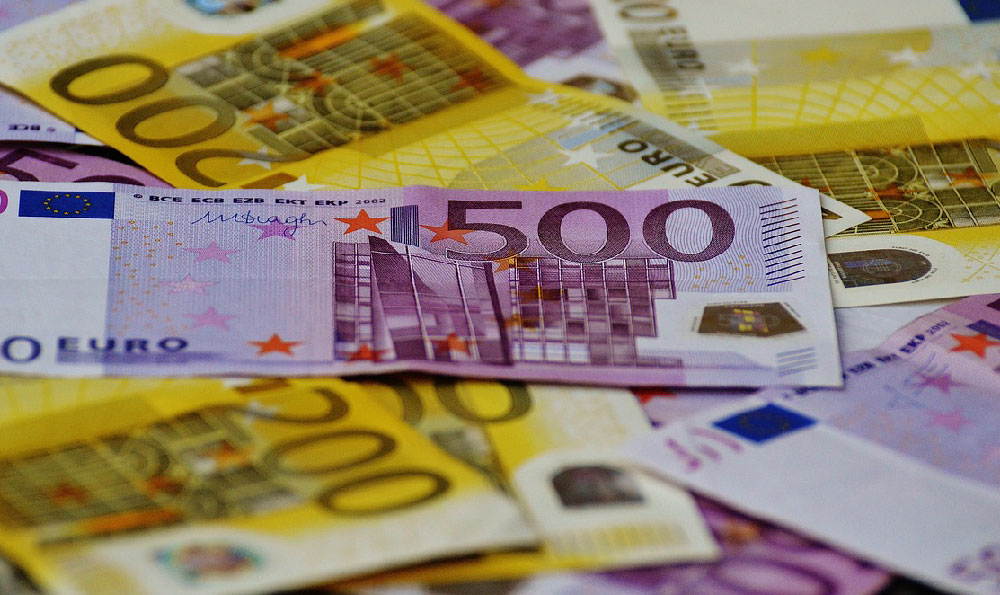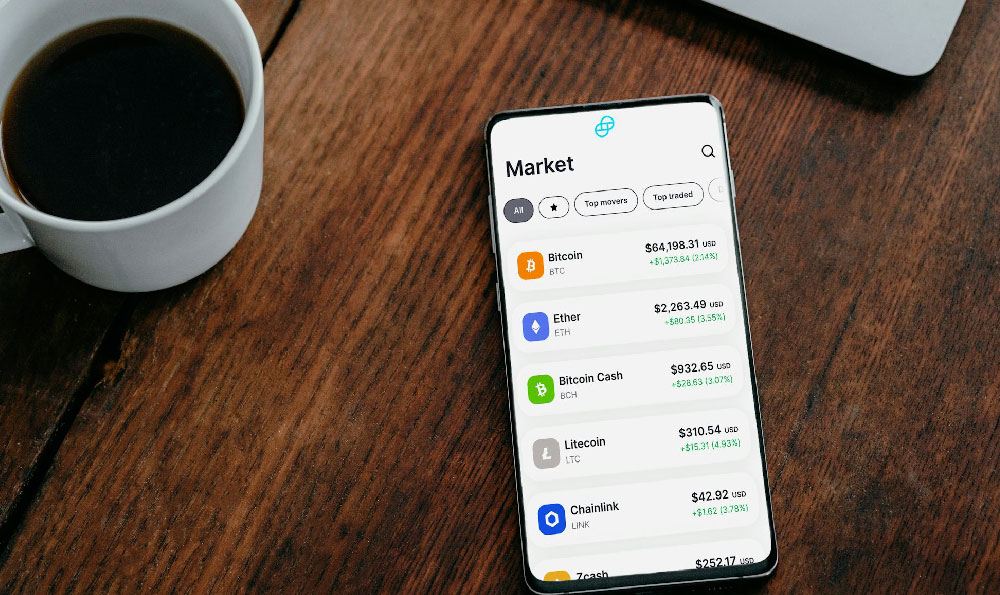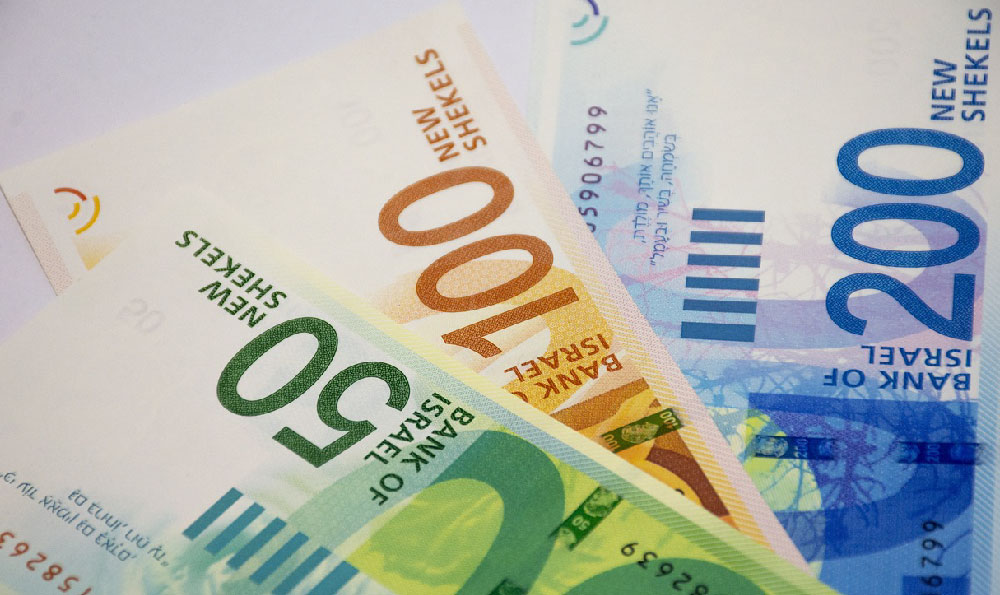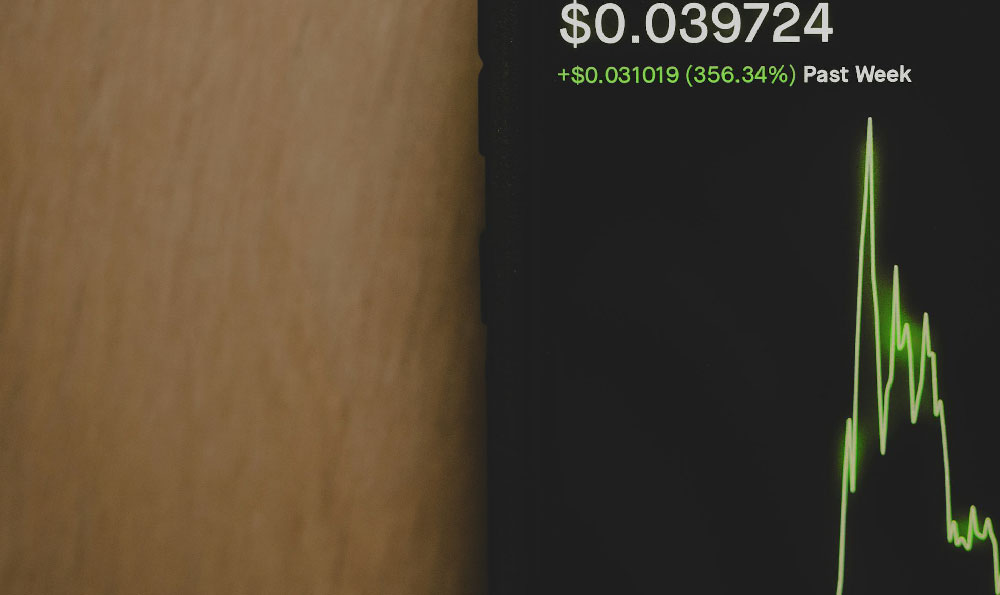The allure of creating roses out of money is undeniable. It’s a visually stunning and undeniably practical gift. The question, however, isn't just about the aesthetic appeal of these floral arrangements, but whether the practice aligns with responsible financial stewardship and potentially yields monetary benefits. Let's delve deep into the economics, ethical considerations, and practicalities of crafting roses with money.
The Art and Allure of Money Roses: A Brief Overview
Money roses are origami-like creations where banknotes are folded and manipulated to resemble rose petals. These are then often assembled with wire stems and floral tape to create a bouquet. The perceived value lies not only in the artistry but also in the inherent worth of the currency used. It's a gift that says, "I'm giving you beauty, but also tangible value.” This makes them popular for graduations, weddings, or as a unique and memorable present for various occasions.

The Immediate Financial Impact: A Loss, Not a Gain
Let’s be blunt: transforming money into roses is, at face value, a financial loss. You are taking legal tender, which could be used for investment, savings, or immediate purchases, and turning it into an object of (hopefully) greater perceived value than its face value. The very act of folding, taping, and wiring the money renders it less liquid and arguably damages its pristine condition, which could potentially affect its future negotiability, especially with older or easily damaged notes.
While the cost of materials (wire, tape, etc.) is minimal, the real cost is the opportunity cost of the money itself. That $20 bill now creatively arranged could have been earning interest in a savings account, compounding in an investment portfolio, or used to pay down debt. The immediate financial impact is, therefore, a trade-off – trading liquid currency for a decorative item.
Perceived Value vs. Real Value: Where the "Profit" Lies
The potential for a "profit" (using the term loosely) arises from the perceived value exceeding the face value of the money used. This hinges entirely on the recipient's appreciation and willingness to attribute a higher worth to the gift due to its artistic merit, novelty, and the thoughtfulness behind the creation.
For example, a bouquet of money roses crafted from twenty $1 bills might be perceived as being worth $30 or more to someone who genuinely appreciates the effort and uniqueness of the gift. This "profit" is entirely subjective and dependent on the recipient's value judgment. You are essentially hoping that the perceived value outweighs the actual cost of the material and the time invested. This is very similar to any form of art or handcrafted good – the price is largely determined by what the market is willing to pay.
The Ethical and Practical Considerations of Using Currency
While technically not illegal in most jurisdictions (as long as you don’t deliberately deface the currency with intent to render it unusable), using money for crafts treads a gray area. Some may view it as disrespectful to the currency and the symbolic value it represents. Others might argue that it's a harmless and creative use of money, as long as the money remains identifiable and usable after the crafting process.
Practically speaking, the condition of the money after being folded and manipulated can be a concern. Excessive folding, tearing, or the use of adhesives can make the notes difficult to use in vending machines or at businesses that are particular about accepting damaged currency.
Crafting Money Roses for Profit: Turning Hobby into Hustle?
The idea of creating and selling money roses as a business venture is theoretically possible, but requires careful consideration of several factors:
- Market Demand: Is there a significant demand for money roses in your area? Are there already established sellers in the market? Thorough market research is crucial.
- Pricing Strategy: How will you price your creations? You need to account for the face value of the money, the cost of materials, your time, and a reasonable profit margin. The pricing must be competitive yet sustainable.
- Marketing and Sales: How will you reach your target audience? Will you sell online through platforms like Etsy, at local craft fairs, or through direct sales?
- Crafting Skills: The quality of your money roses will directly impact their perceived value. Excellent craftsmanship is essential to justify a higher price.
- Legal and Regulatory Compliance: Ensure that your business complies with all relevant local and state regulations, including business licenses and sales tax requirements.
Even with a well-planned strategy, building a profitable business around money roses can be challenging. The market is likely niche, and the profit margins might be slim. It would likely be a side hustle rather than a primary source of income for most individuals.
Responsible Alternatives and Considerations
Instead of using real currency, consider these alternatives:
- Decorative Paper: High-quality decorative paper designed to resemble banknotes can be used to create stunning money roses without sacrificing actual currency. This is a more ethical and sustainable approach.
- Play Money/Novelty Money: Play money or novelty money can be a fun and inexpensive option for crafting money roses for purely decorative purposes or as props.
- Gift Cards: Instead of folding cash, consider purchasing a gift card to a store or experience that the recipient will enjoy. This offers the flexibility of choice while still providing a tangible gift.
Conclusion: A Matter of Perspective and Responsible Finance
Crafting roses with money is undoubtedly a visually appealing and novel idea. However, it's essential to approach it with a clear understanding of the financial implications. While the potential for perceived value to exceed the face value exists, it's not a guaranteed "money-making" venture. It's more akin to a creative expression that involves sacrificing liquid currency for a decorative object.
The decision to craft money roses should be based on personal preference, ethical considerations, and a realistic assessment of the potential financial impact. If you are looking to genuinely make money, investing in traditional financial instruments or pursuing other entrepreneurial ventures is likely a more prudent and reliable path. If, however, you are seeking a unique and memorable way to express your creativity and give a thoughtful gift, and you understand the financial trade-off, then money roses can be a beautiful, albeit unconventional, option. Just remember to be mindful of the condition of the currency and the message you are conveying.












